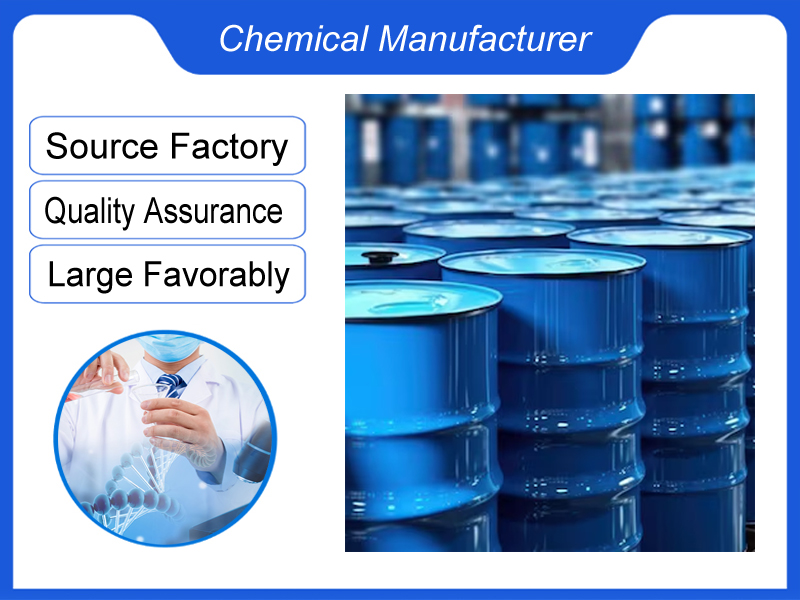
Fusidic Acid CAS 6990-06-3
We are a manufacturer based in China. We specialize in providing high-quality Fusidic Acid CAS 6990-06-3 for industrial clients across various sectors. Whether you need chemicals consultation or technical support, our team is here to help.
Category:Active Pharmaceutical Ingredients Own Brand:MT /MOQ:100KG /From China/ B2B only.
Introduction
Molecular Formula: C31H48O6
Molecular Weight: 516.709
CAS No.: 6990-06-3
Fusidic acid is a Clostridial acid antibiotic with steroidal skeleton, its function is to inhibit the polymerization of bacteria and play the role of western bacteria.
Description
Fusidic Acid is a white or almost white crystalline powder. It is practically insoluble in water, freely soluble in ethanol (96 percent).
Application
Fusidic acid is a Clostridial acid antibiotic with steroidal skeleton. Its chemical structure is similar to cephalosporin P, and its antibacterial spectrum is narrow, similar to novobiocin. Its function is to inhibit bacterial protein synthesis and play the role of bacteriostasis or sterilization.
Fusidic acid is highly sensitive to various gram-positive cocci related to skin infections, especially to staphylococci. It is also effective to drug-resistant staphylococcus aureus, and it also has a certain antibacterial effect on certain gram-negative bacteria. No cross-resistance with other antibiotics.
Clinically, fusidic acid is used for osteomyelitis or skin and soft tissue infection caused by sensitive bacteria. It is also used for deep infections that fail to be treated with other antibiotics, such as sepsis, pneumonia, endocarditis and so on.
Packing
25Kg per drum
Storage:
Preserve in tight containers in a dry place.
Shelf Life :
24 months from date of production when stored in good condition.
Minimum Order
One package
Fusidic Acid Introduction
| Item | Details |
| Generic Name | Fusidic Acid |
| Trade Names | Fucidin, etc. |
| Classification | Steroid – like antibiotic |
| Chemical Structure | It has a complex steroid – based structure. The molecular formula is C₃₁H₄₆O₆, with a molecular weight of 514.69. The unique structure includes a steroid nucleus with various functional groups attached, which is crucial for its antibacterial activity. |
| Pharmacological Action | Fusidic acid works by binding to elongation factor G (EF – G) in bacteria. This binding inhibits the translocation step during protein synthesis. As a result, the ribosome – mRNA – tRNA complex is unable to move along the mRNA, preventing the addition of new amino acids to the growing polypeptide chain. It mainly targets Gram – positive bacteria, especially Staphylococcus aureus, including methicillin – resistant Staphylococcus aureus (MRSA), due to its high affinity for the bacterial EF – G in these organisms. |
| Clinical Applications | 1. Skin and Soft Tissue Infections: – Treats impetigo, cellulitis, folliculitis, and abscesses caused by Staphylococcus aureus. – Useful in the treatment of infected wounds, both in acute and chronic cases. 2. Osteomyelitis: – Can be used in the treatment of osteomyelitis when Staphylococcus aureus is the causative agent. It has good bone penetration, allowing it to reach the site of infection effectively. 3. Respiratory Tract Infections: – In some cases, it may be used for treating staphylococcal pneumonia, especially when other antibiotics are ineffective or contraindicated. |
| Dosage and Administration | Oral Administration (for systemic infections): – Adults: The usual dose is 500 mg three times a day. In severe infections, the dose may be increased to 1000 mg three times a day. – Children: The dose is calculated based on body weight, typically 20 – 40 mg/kg per day, divided into three equal doses. Topical Application (for skin infections): – A cream or ointment containing fusidic acid is applied to the affected area 2 – 3 times a day. Intravenous Administration (in severe cases): – For adults, the initial dose is usually 500 mg every 8 hours, which may be adjusted according to the patient’s response and the severity of the infection. |
| Adverse Reactions | 1. Gastrointestinal Effects: Nausea, vomiting, diarrhea, and abdominal pain are relatively common. These symptoms are usually mild to moderate and may be more likely to occur with higher doses. 2. Hepatotoxicity: – In some cases, it can cause liver function abnormalities, such as elevated liver enzymes (alanine aminotransferase – ALT, aspartate aminotransferase – AST). Rarely, it may lead to jaundice. Monitoring of liver function is recommended, especially during long – term treatment. 3. Allergic Reactions: – Although rare, allergic reactions like rashes, itching, and in severe cases, anaphylactic shock can occur. 4. Resistance Development: – Prolonged or inappropriate use may lead to the development of resistance in bacteria. Cross – resistance with other antibiotics is not common, but resistance to fusidic acid itself can emerge, especially with overuse. |
| Drug Interactions | 1. With Warfarin: – Co – administration with warfarin may enhance the anticoagulant effect of warfarin, increasing the risk of bleeding. Regular monitoring of prothrombin time or international normalized ratio (INR) is necessary when these two drugs are used together. 2. With Hepatotoxic Drugs: – Concurrent use with other hepatotoxic drugs, such as certain antiretroviral drugs or some antifungal agents, may increase the risk of hepatotoxicity. 3. With Drugs Metabolized by CYP3A4: – Fusidic acid can inhibit the cytochrome P450 3A4 enzyme system. As a result, it may increase the levels of drugs metabolized by this enzyme, such as some calcium channel blockers, leading to an increased risk of their side effects. |
| Special Population Considerations | 1. Pregnant Women: – Use during pregnancy should be carefully considered. Although there is limited data on its safety, it should generally be used only when the potential benefits clearly outweigh the risks. 2. Breastfeeding Women: – It is excreted in breast milk in small amounts. Caution should be exercised, and in some cases, breastfeeding may need to be discontinued during treatment. 3. Patients with Liver Impairment: – The drug should be used with caution in patients with pre – existing liver disease. Dosage adjustment may be required, and close monitoring of liver function is essential. 4. Elderly Patients: – Elderly patients may be more sensitive to the drug’s side effects, especially gastrointestinal and hepatotoxic effects. Close monitoring and appropriate dosing adjustments are needed. |
| History and Development | Fusidic acid was discovered in the 1960s from the fungus Fusidium coccineum. It has since been developed into a valuable antibiotic for the treatment of staphylococcal infections, especially those caused by resistant strains. Its unique mechanism of action and relatively low cross – resistance with other antibiotics have made it an important option in the antibiotic arsenal, particularly for treating difficult – to – treat staphylococcal infections. |
If you're ready to take the next step, Leave your message below and we’ll reply soon. 20+ years of chemical manufacturing & export experience, a partner you can trust.





